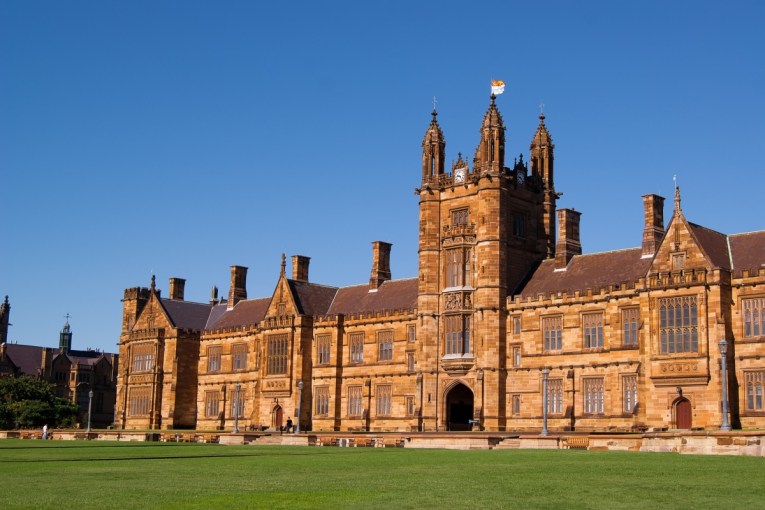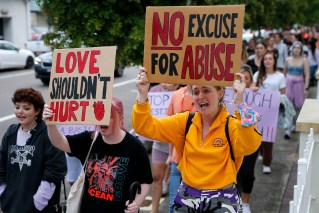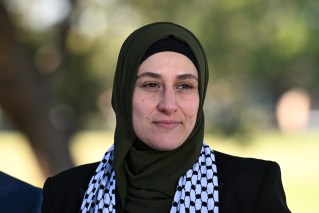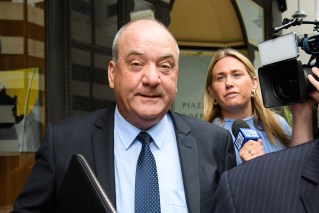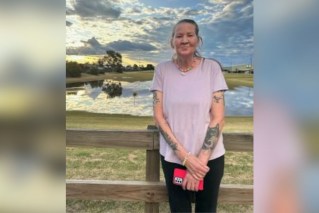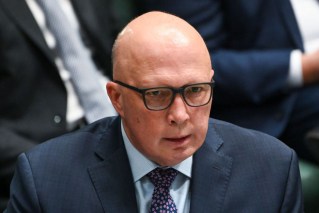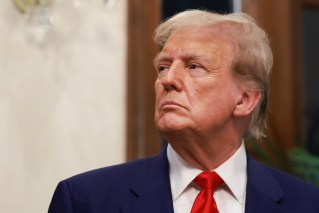Michael Pascoe: PM’s spin suggests strategists coached in sports rorts election game

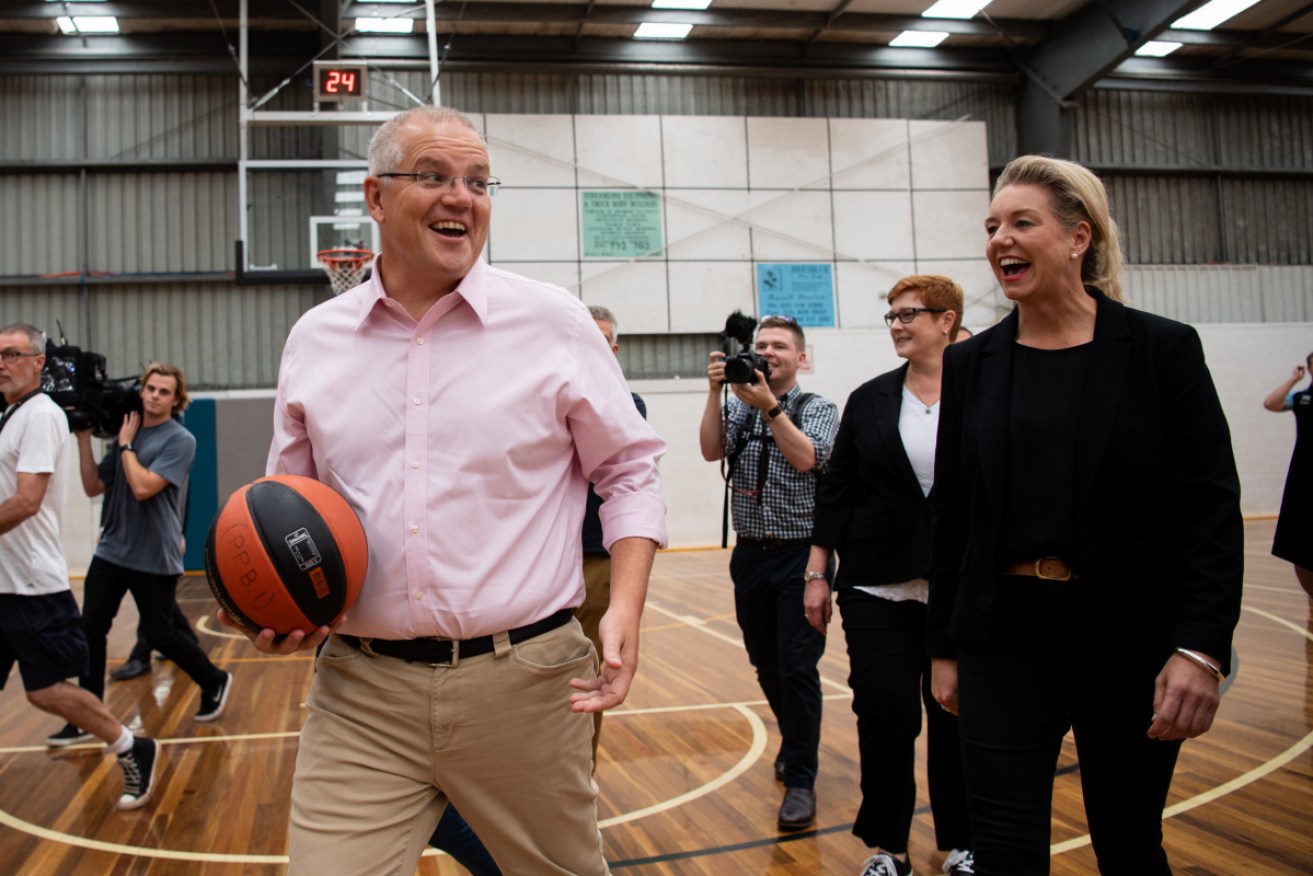
Prime Minister Scott Morrison, left, is standing by Senator Bridget McKenzie - for now. Photo: AAP
Bridget McKenzie remains in the firing line for the corrupt $100 million community sport grants program, but the bigger #sportsrorts story has moved on to the Prime Minister’s role.
For those paying attention, there is no surprise about the scandal coming home to roost in Scott Morrison’s lap.
The extra last-minute funding and fine political targeting of the final rounds of grants were way above the Minister for Sport’s pay grade.
The Prime Minister’s office is of course fighting a rearguard action – deny, quibble, deny, repeat – but the inevitability of responsibility residing above Senator McKenzie is playing out with the reporting that it was political operatives in Mr Morrison’s office who were calling the vital electoral shots.
“Morrison’s senior adviser for infrastructure and sport, a former Nationals staff member, no less, was point man on the political divvying up of the grants,” Peter van Onselen, himself a former Coalition staffer, reported in the Weekend Australian.
“He was working closely with campaign strategists inside the Prime Minister’s office and the federal Liberal Party secretariat before presenting the allocations to McKenzie as a neatly wrapped-up final product. After which cabinet ticked and flicked the winning applications through to the implementation stage.”
- Related: Sports rorts referred for probe
Senator McKenzie and her office are still in it up to their snouts.
The minister’s office became closely involved in setting the program’s structure to ensure the minister would have ultimate say over who received what money where.
The political fix was in from the get-go to ensure the program could be taken out of Sport Australia’s control.

Bridget McKenzie and PM Scott Morrison front the media in Canberra on January 14.
Crikey’s Bernard Keane has previously reported on the peculiar nature of the community sports infrastructure grant program, how it circumvented existing, less-corruptible grant platforms.
A source with knowledge of how the program was set up told me a team from the minister’s office, including an expert in Commonwealth grants procedures seconded from the Health Department, moved in on Sports Australia to specify how the program would be run – contrary to usual Sports Australia standards and causing considerable unease within the commission.
A program that began in “unusual” circumstances became steadily more “unusual” as it rolled on.
The business case for the Australian Sports Commission to get involved in assisting with community-level infrastructure, instead of its usual preoccupation with winning medals, had evolved from an extensive review of the commission’s role.
The initial approval was for a modest one-off program.
It blew out to $100 million as the election drew near, with the government throwing extra funds at Sport Australia.
Those extra scores of millions of dollars were ticked off by the Cabinet Expenditure Review Committee – the leadership of the government.
The program was run out of Adelaide by a specific team whose jobs were over when the program was concluded.
That team was inundated with applications when the program was announced by the government.
The need for improvement in real community sports infrastructure – as opposed to solar panels for an elite Adelaide golf club and half-million-dollar donations to the Mosman rowing club – is immense.
The Adelaide team worked long and hard to do the right thing.
The Auditor-General’s investigation was happy with the team’s work, less so with the overall Sport Australia performance.
But, as everyone now knows, the political fix was then put in.
Extra funding, more rounds of grants, the team’s recommendations ignored as political officers decided where taxpayers’ money would go and for what purpose.
As the Auditor-General underlined, in the final two rounds it was primarily about marginal electorates, trying to keep the Coalition in government – not what was the best use of taxpayers’ money for the best community sport outcomes.
The extent of political domination of Sport Australia – made possible by that careful initial structuring of the program – might be epitomised by the minister’s office pushing through grants after applications had closed.
As the scheme became rorted in the minister’s office, glaring inconsistencies beyond the political targeting crept in.
Some have already become public – the Adelaide rugby club getting money for women’s changing rooms when they don’t have a women’s team – and more will emerge as long as focus remains on the detail.
One example from the Auditor-General’s report of how perverted the scheme:
Four applications for electronic scoreboards were marked as eligible and funded, while 10 other applications were marked as ineligible because they requested funding for scoreboards.’’
But there’s a danger in being distracted by the rich ridiculous details when the bigger question remains where ultimate responsibility lies for defrauding and lying to community sports organisations.
In the face of the scandal, the government has been ripe with evasions and weasel words, as previously reported.
As Van Onselen’s report moves the game closer to its corrupting source, one particular interchange deserves closer scrutiny when 3AW’s Neil Mitchell ventured closer to the nub:
MITCHELL: But it looks political. It looks political. Was there any advice taken from campaign strategists or Liberal Party head office?
PRIME MINISTER: Well, not that I can speak of.
What a strange choice of words, “not that I can speak of”. I’m not quite sure what that means. I suspect I’m not supposed to be quite sure.
Given the care that went into corrupting the community sports infrastructure grants, it would not be unreasonable to think the key perpetrators would ensure the Prime Minister a degree of “plausible deniability”.
Peter van Onselen’s column nods at that: “Maybe the Prime Minister wasn’t personally involved. We can’t be sure. My sources haven’t divulged that. Perhaps, even though Morrison is a former state party director who ran campaigns, he stayed out of this pork-barrelling process.”
The Australian toned down van Onselen’s column somewhat while turning it into a news story on the paper’s front page.
Instead of the PM’s senior staffers’ role being presented as fact, it became “sources have told” on the news pages and “the claim is contested by Mr Morrison, who has rejected suggestions that funding allocation decisions originated from within the office of the Prime Minister”.
On Twitter after publication, van Onselen was asked to name the political staffers.
We’re waiting. There are other shoes to drop.
Also on Twitter, the anonymous writer @RonnieSalt last week found it interesting that the well-connected and experienced Liberal Party staffer Jonathan Hawkes was appointed to Senator McKenzie’s office in September 2018 as her media adviser.
Whoever @RonniSalt is, she has shown a nose for timely information.
Ronni was using Twitter to investigate what town Bridget McKenzie actually resides in before mainstream newspapers taking an interest over the weekend, and has previously filed repeatedly on Angus Taylor’s business dealings.
It’s in the government’s interest and especially Mr Morrison’s interest to keep the #sportsrorts story focused on Bridget McKenzie, but that’s no longer the most important part.
It never really has been.
Absolutely fabulous that Bridget McKenzie updated her register of interest today to include a property she owns in the salubrious suburb of Middle Park (inner Melbourne)
We await with interest the quarterly travel allowance claims from Senator McKenzie for her trips to Melbourne pic.twitter.com/3rSpfhjOvm
— RonniSalt (@RonniSalt) January 23, 2020
